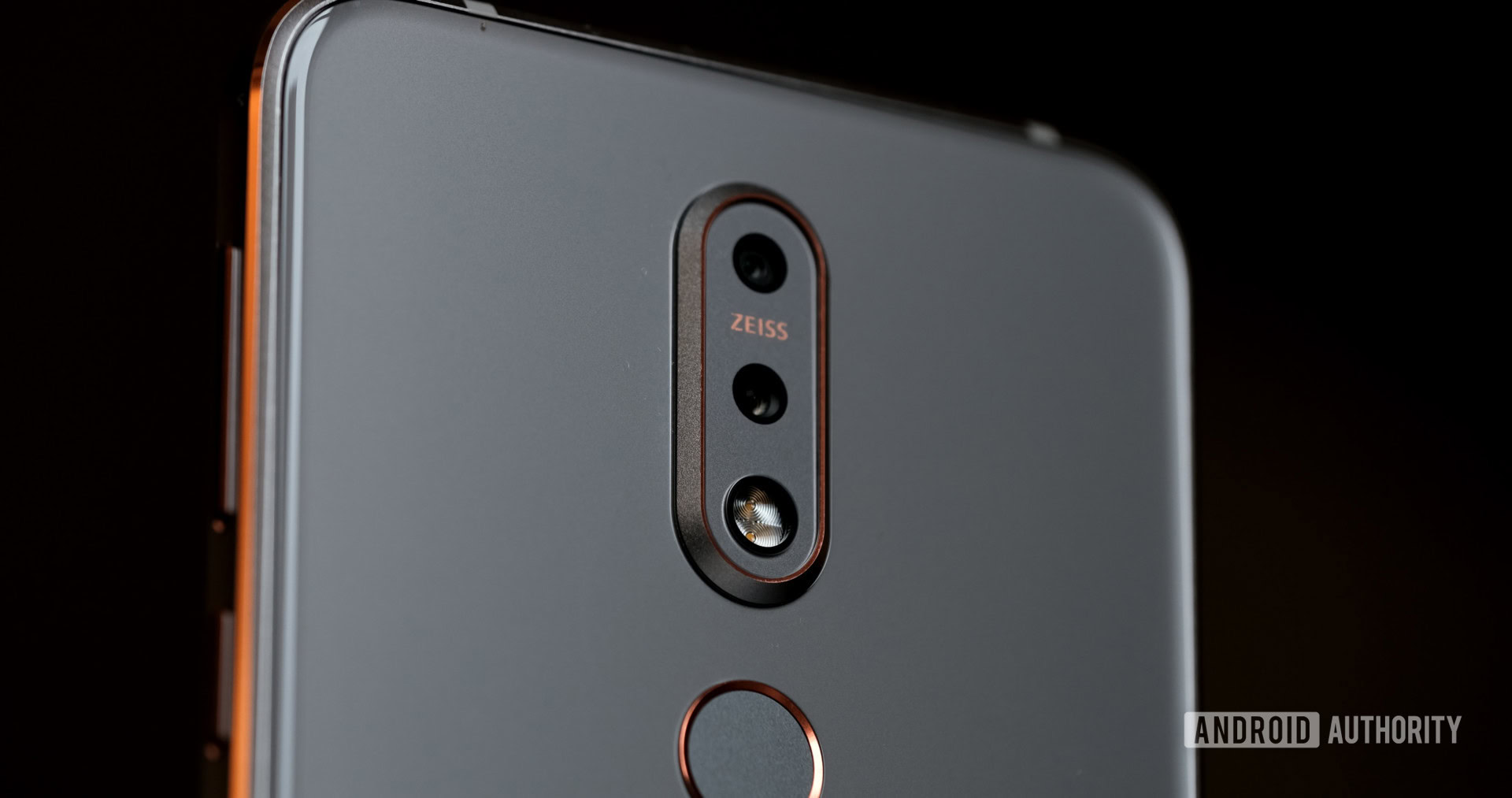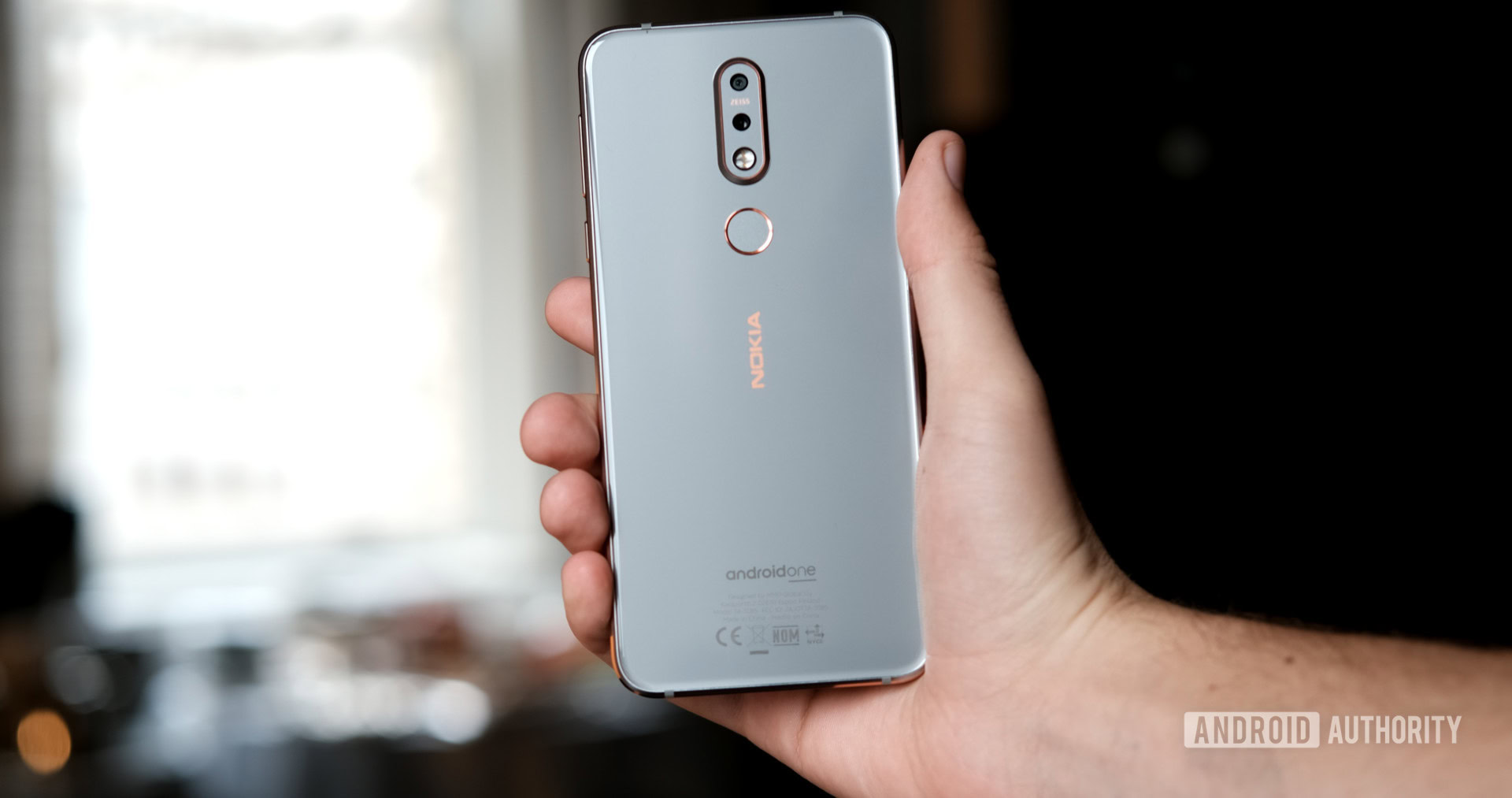Affiliate links on Android Authority may earn us a commission. Learn more.
The Nokia 7.1 camera could finally be worthy of the PureView legacy

The Nokia 7.1 is the first handset from the collaboration with a dual camera configuration designed specifically with depth sensing and monochrome HDR boosting capabilities in mind. The rear hardware setup consists of a 12 megapixel main camera with f/1.8 aperture and 1.28µm pixels, accompanied by a 5 megapixel 1.12µm secondary sensor with f/2.4 aperture lens.

ZEISS told me it leveraged its expertise in high-end cinematography lenses to create a high-quality bokeh effect for the Nokia 7.1. Software algorithms are tuned emulate a professional-level look, including lighting and aperture, rather than just a background blur, and performing a high-quality lens correction. It also paid specific attention to the edge detection algorithm, ensuring semi-transparent elements like hair or glass are correctly focused. Let’s take a look at some pictures to judge for ourselves.
These samples were taken on pre-final software, so it’s quite possible further refinements will happen.
First up, here’s an example of the bokeh depth detection algorithm in action.
The effect is clearly quite strong with the setting notched up to maximum, but it remains reasonably natural looking. Impressively, the technology seamlessly fades into the blur, avoiding any obvious hard cut-offs or blemishes along edges. The Nokia 7.1 camera app has a popup which informs you when the camera has achieved a depth lock, so you know when to take the picture for the best results, which is very useful.
Here’s a similar shot taken on the much more expensive HUAWEI P20 Pro for comparison. The colors are clearly very different (the Nokia evens out the image, while HUAWEI is technically more accurate given the lighting), but let’s focus on the quality of the bokeh blur and dynamic range. You’d be hard pressed to say the Nokia 7.1 isn’t up to snuff in this example.
Of course, a nice bokeh is nothing without a decent main sensor, and HMD Global and ZEISS acknowledged compromises are inevitable at this price point. However, my brief hands-on time leads me to believe the Nokia 7.1 will punch above its weight.
To round off, here are a few more images captured with the Nokia 7.1.
Overall, my early impressions are that the Nokia 7.1’s camera handles low light conditions very well, especially for the price. The common noise and exposure issues of low cost models don’t appear to be present in distracting amounts. Colors are bright and vivid, and the detail capture seems very reasonable for a 12MP shooter. The dual camera setup might not be the most flexible in a market full of telephoto and wide angle options, but these results appear more than decent enough for social media.
What do you think — impressive results for a $350 smartphone or pretty much what you’ve come to expect from Nokia and ZEISS? Let us know in the comments below.